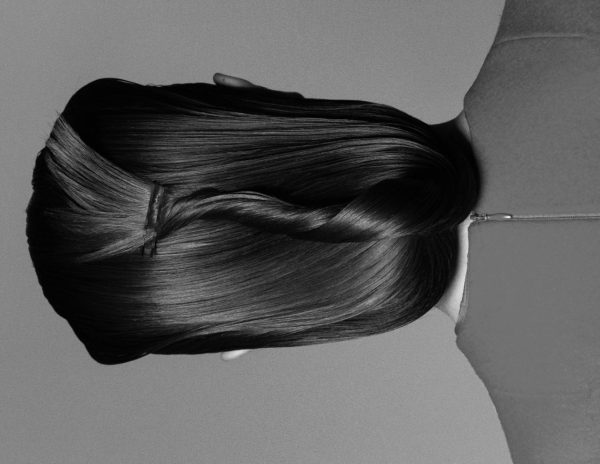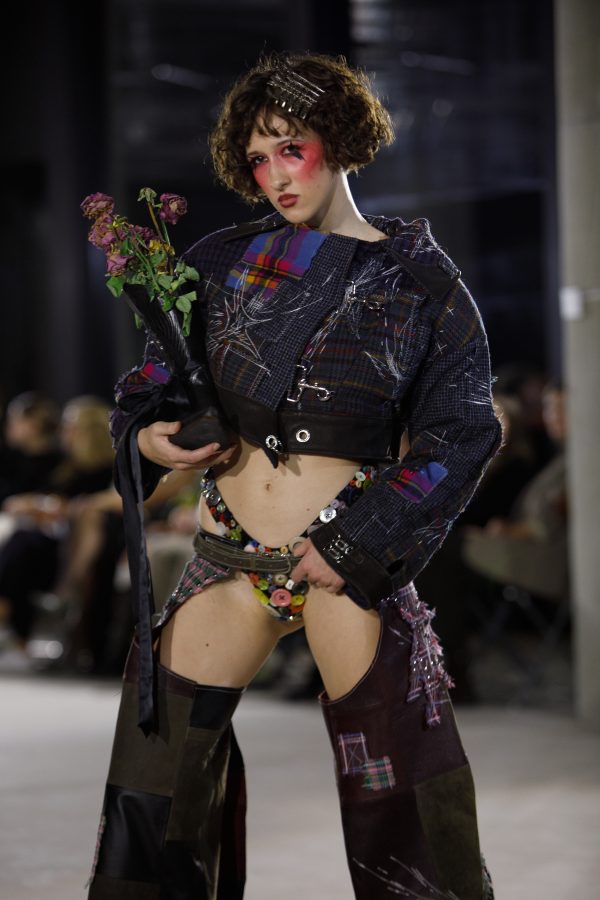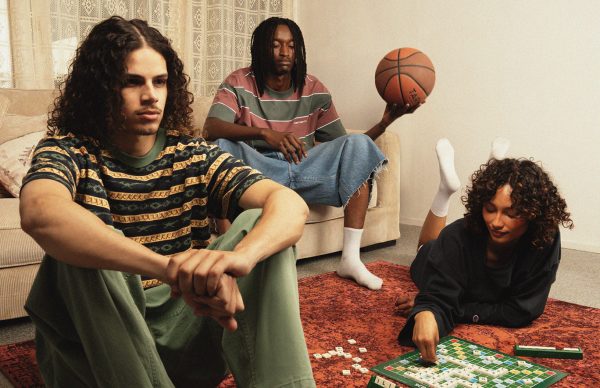
Julien Fournié, Photography by Nicolas Guérin
Parisian fashion designer Julien Fournié is forging a path between Haute Couture and technology. An ambassador for Fashion Lab, a technology incubator by Dassault Systèmes that utilises 3D engineering in clothing design, Julien is taking strides towards the future. Likewise, he is making his mark in the Asian market after showcasing his collection in Singapore in the Fidé Fashion Show, creating a ready-to-wear line for Love, Bonito, and acting as a mentor in Vietnam’s Next Top Model.
Having originally studied biology, Julien not only aims for sharp precision in his anatomically cut designs, but also strives to help women in expressing their emotions. Schön! sits down with the haute couture creator in this exclusive interview.
How have your studies in biology influenced your vision of clothing?
In addition to biology, I also studied the behaviour of the body. In fashion design, I always work with anatomical cuts. It is very important that my clothes are close to the woman’s shapely figure. Nowadays, people are taller than before. Women are becoming longer, like the in the paintings of Modigliani. I want to elongate bodies to create a spectacular form. It’s very important to know how to cut for the new body of the new generation.
Before creating your own house in 2009, you worked as the Creative Director for Torrente. You also worked for Dior, Alexander McQueen for Givenchy, Nina Ricci, and Jean Paul Gaultier. What is the most memorable lesson you keep from those experiences?
The most valuable lesson I’ve learned was with Claude Montana. I learned how to be sharp with design. Claude taught me how to create a wow effect in my garments. I put a lot of work into the details, the cut, and embellishments. I learned how to be very controlled in making a balance between the shape of the garment and the woman, the clothes and what is revealed.
Most of your collections have been dark and romantic. Your most recent collection was mythological. Where does this darkness come from?
When you are a designer, you’re a sponge. Because I learned medicine before, it’s very important to touch people, to understand them. I need to understand the sociology of it all. Nowadays the most important thing for a fashion designer is to tell stories people don’t see everyday. Stories need to be told beautifully so that people are touched.
Your Spring/Summer 2011 collection, on the other hand, was very bright and colourful. Black models dominated the runway. How was this experience?
I wanted a fashion show with only black models because the French society is multicultural. I think it’s very important to show the differences we have in France, especially for couture. This correlates to my sociological idea. We’re too invested in marketing’s influence. We have to be careful; it is dangerous. If couture is to make people reflect, I’ve done my job. For me, it’s very important to show different kinds of beauty on the catwalk.
What is your opinion on haute couture?
Haute couture is research and development. It’s what advances ready-to-wear. Let’s go back to biology. A cell has atoms. In the centre, there is a nucleus. Haute couture is the nucleus. You have protons and electrons that turn around it, which include ready-to-wear, decoration, accessories, embellishments, and design. For haute couture, I work with Fashion Lab. It allows me to create my own virtual showroom in 3D. Customers can appreciate seeing realistic products online with magic mirrors and virtual changing rooms.
How are your illustrations connected to fashion? Do you use two different states of minds?
I have two ways of doing this. I sketch by hand, but I also work with new technology at Dassault Systèmes, which is Europe’s second biggest software company. I contacted Dassault Systèmes two years ago to create Fashion Lab in order to use the same technology that they use to build airplanes and nuclear power stations, but for haute couture. We are developing software to create dresses in 3D.
I draw directly on this program, and we can turn the dress to see every angle of it. We can draw embroidery. I work with 15 engineers to create new software in order to pioneer the way of fashion. Technology is not going to replace the craftsman. As always, we still have to make a prototype.
What are some moments in your career where you felt you were helping women in expressing their emotions?
My job isn’t to make dresses; it’s to share moments with women. I had a client who had an open-heart surgery and was left with a large scar. She wanted a dress showing cleavage, but we couldn’t do it in the traditional sense. She is an extremely beautiful older woman. We created a matte satin dress in the colour of her skin and we made a trompe l’oeil with tulle. We made a low neckline that actually hid her scar. When she put on the dress, we put on some music and we danced in the showroom together. She looked at me and told me, “I’m 20 years old, thanks to you.” She kissed me with tears in her eyes. I was extremely touched. I served my purpose.
What is the difference between Parisian fashion shows and the Fidé Fashion Show in Singapore, where you showcased your haute couture collection?
It’s not the same thing. Paris is the capital of fashion. It moves so quickly. We’re always talking about business, advertisements, and sales. On the other hand, Singaporeans takes us by the arms and tell us that they love us. It’s another experience. People are cooler. They watch haute couture with the gleaming eyes of children. It’s pretty new that French haute couture designers travel to Singapore to show their collections.
What can we expect in your upcoming collection?
The next collection will be my 10th collection. It’s a kind of birthday collection. The preview: colours of Mark Ryden. I wanted to recreate strange porcelain dolls. The collection is called First Shiver. It’s a collection about love for young women. It’s a passage between adolescence and adulthood.
Words / Sheri Chiu
For more info visit www.julienfournie.com
Click the below links to view the newest Schön! Magazine
Download Schön! the eBook
Schön! on the Apple Newsstand
Schön! on Google Play
Schön! on other Tablet & Mobile device
Read Schön! online
Subscribe to Schön! for a year
Collect Schön! limited editions
















































































































